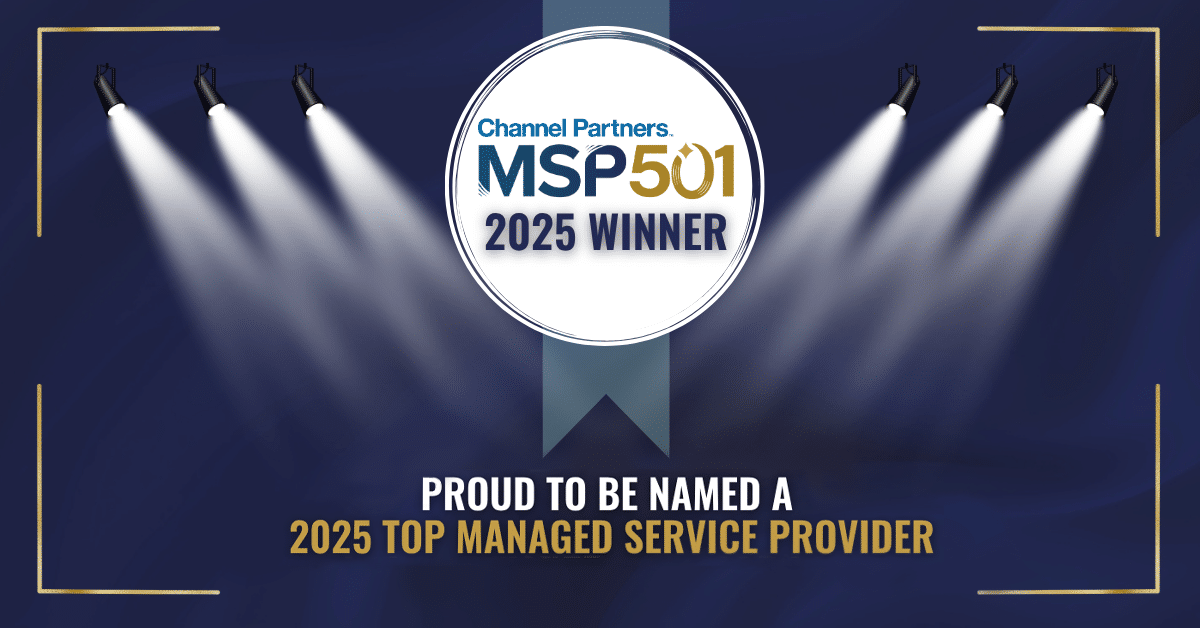Over the last few decades, the world of business has become intertwined with the world of technology. Organizations of all sizes and types are now spending money on digital technologies to improve their business processes and deliver better customer experiences.
Sometimes, however, their investments don’t perform well enough to meet expectations—or they fail altogether. Such failures are often caused by basic information technology (IT) planning mistakes, especially those described in this article.
Table of Contents
Avoid These 5 IT Planning Mistakes
1. Not Having a Plan
By far the biggest IT planning mistake you can make is to not have any plan at all and just do whatever you feel is the best for the future of your organization at any given moment.
Sure, your instincts are worth listening to, but they may not always reflect your short- and long-term business goals, which your investments and technologies need to align with to ensure optimal resource utilization.
An IT strategic plan is like the North Star. You can always look at it to know exactly where you should steer the ship that is your business to end up in the desired destination and not somewhere inhospitable.
2. Failing to Understand Business Objectives
An IT strategic plan that doesn’t reflect your business objectives is worth very little because it can steer your organization in the wrong direction and put you in an unfavorable position. But how can your IT strategy reflect your business objectives if you don’t understand them to begin with? That’s simply not possible.
That’s why leaders should make it their top priority to create a business vision and set concrete objectives to make it come true. The objectives need to be prioritized so that the most important ones are tackled first using the right skills, resources, and technologies.
3. Focusing Only on Hardware and Software Purchases
You may think that an IT strategic plan is all about hardware and software purchases and questions like “Should we equip our employees with desktop computers or laptops?” or “Is it better to pay for cloud or local storage?” or “Which invoicing software is most suited for our organization?”
While hardware and software purchases are important elements of every IT strategy, they’re just two pieces of a much larger puzzle. The other pieces include everything from human resources to vendor management to cybersecurity.
In fact, cybersecurity has become such an important topic in recent years due to a steep increase in the number and sophistication of cyber attacks that IT decisions should never be made without taking it into consideration.
4. Being Distracted by the Latest Trends
New IT buzzwords are coined every year, and the companies that latch on to them would like you to believe that you’re destined to become a business failure unless you spend a lot of money pursuing the latest trends.
That’s, of course, not true. Your small organization certainly doesn’t need to mint its own Non-Fungible Tokens (NFT) or enter the metaverse to be relevant and profitable. In fact, you should actively avoid molding your IT strategic plan around trending technologies because there’s a good chance they would only distract you from your business objectives.
That said, you should be open to innovation and investments that can support your strategic objectives by making you more efficient, agile, resilient, and competitive.
5. Becoming Locked in to One Vendor
A partnership with an IT vendor should be like any good relationship—based on trust, mutual respect, and honesty. Sadly, some vendors are like abusive partners because they like to exert great control over your IT environment, making it impossible for you to use another vendor without substantial switching costs.
Vendor lock-in has become more prevalent as a direct consequence of a growing number of organizations taking advantage of various Software as a Service (SaaS) cloud offerings without properly checking if their data can be easily transferred to another vendor.
To protect yourself from vendor lock-in, negotiate an exit strategy upfront with each vendor and use open standards whenever possible. That way, your switching will always be manageable.
Ensure Your IT Plan Aligns with Future Business Success
IT planning is an important activity whose purpose is to align technology investments with business objectives. To end up with the best IT strategic plan possible, it’s important to avoid the common mistakes described in this article.
If your experience with formulating an IT plan is limited, then don’t risk anything and get in touch with us at Teal. With our help, you will know exactly which technologies you should invest in to meet today’s and tomorrow’s challenges.














